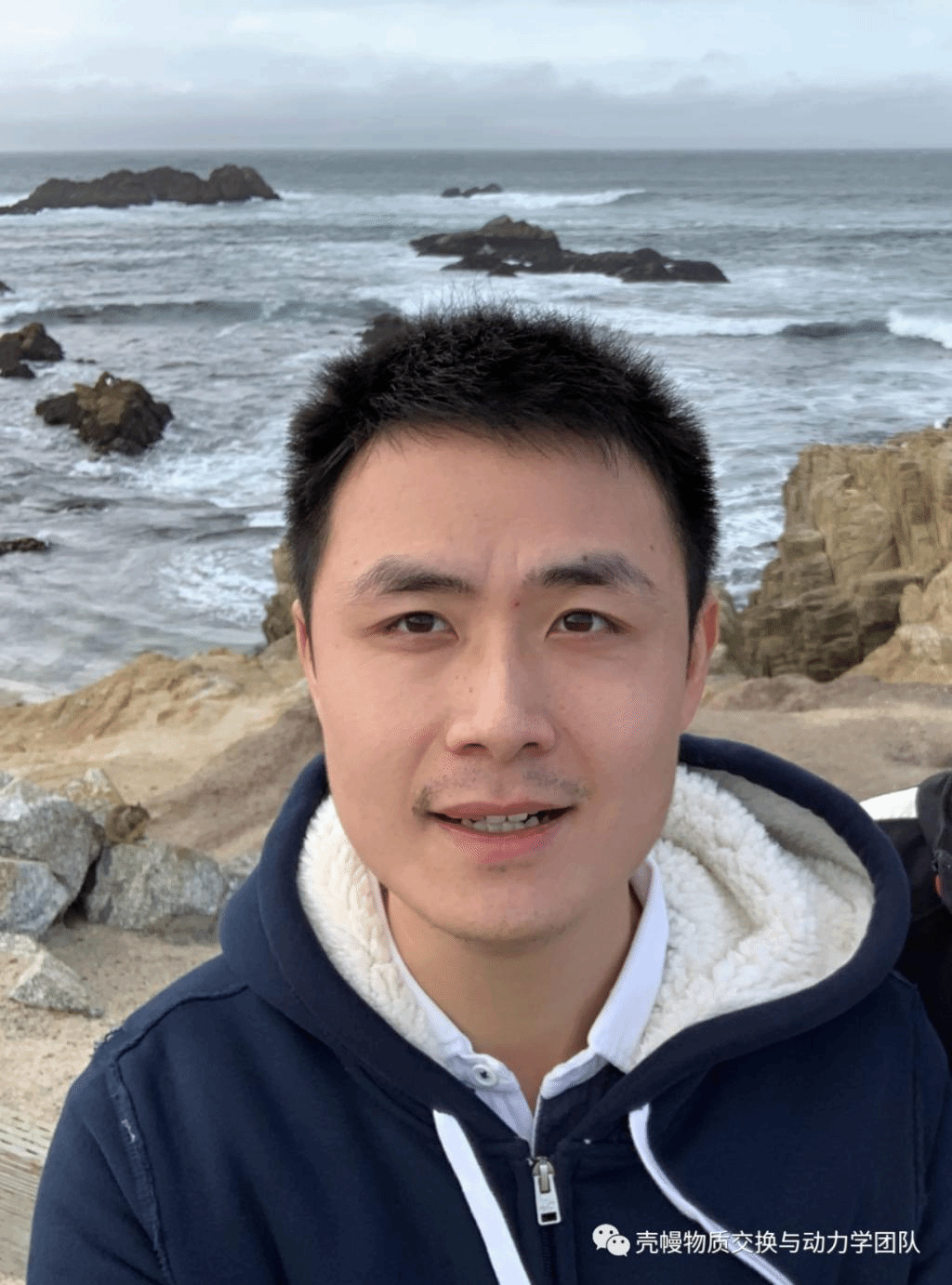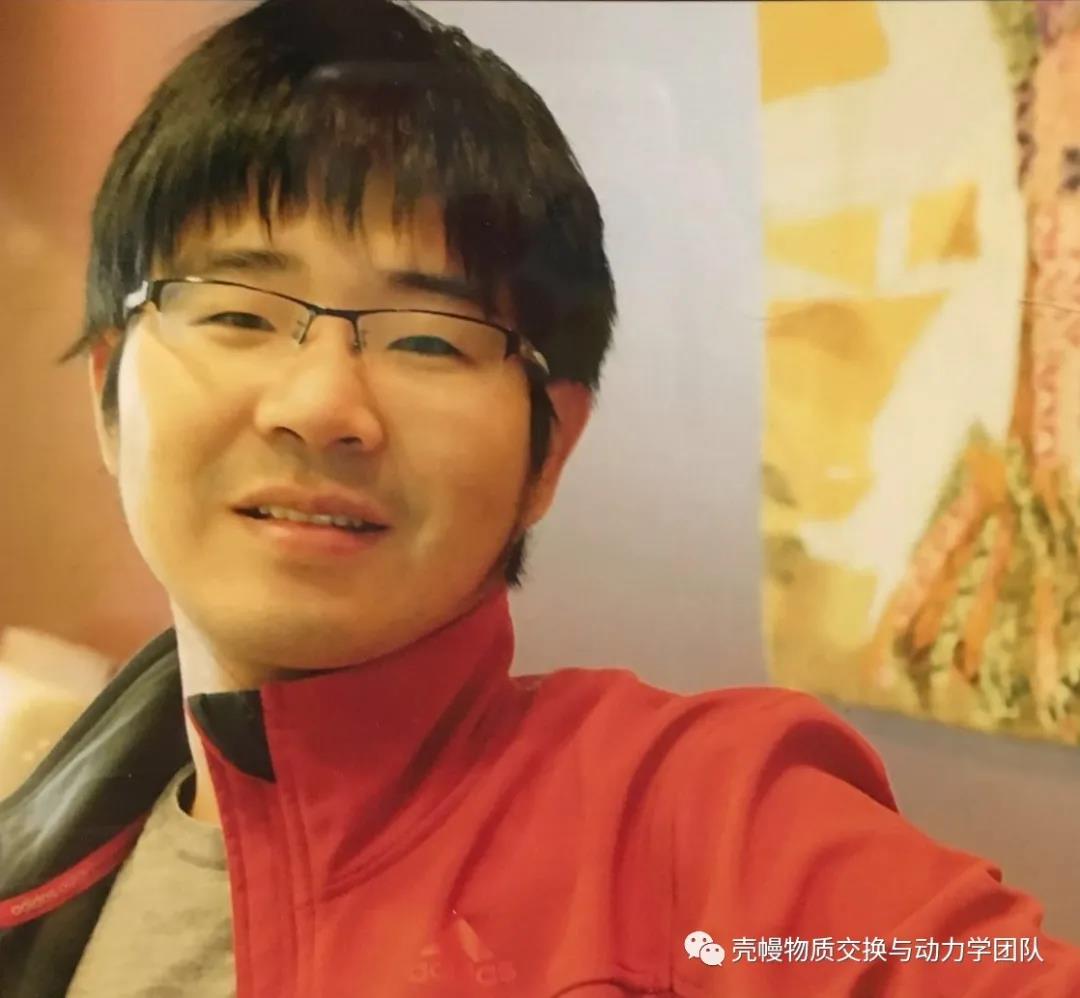高山奖
2019 GAO SHAN YOUNG SCIENTIST AWARD
21-04-25 13:01 发布者: 浏览次数:次
2019 GAO SHAN YOUNG SCIENTIST AWARD
We are pleased to announce the winners of the 2019 Gao Shan Young Scientist Award. Each year, this award honors no more than two early-career scientists (age ≤ 35) who have made outstanding contributions to geochemistry. The award is presented annually by the Gao ShanYoung Scientist Award Foundation at China University of Geosciences (Wuhan). In December 2018, the nomination was launched for the first time, and this is the second year. The award selection is mainly based on the scientific merit of the nominee and the quality of the nomination. All candidates were evaluated and voted by thirty outstanding geochemists invited by the Foundation. Brief introduction of the two winners this year are as follows:
Dr. Ming Tang, Peking University

His research contributes significantly to our understanding of many geochemical processes in the formation and evolution of the continental crust. He and his coworkers used transition metals in terrigenous sediments to reconstruct the composition of the subaerial crust in the last 3.5 Ga. The findings of this work reveal a fundamental change in the composition and nature of the continental crust and indicate the onset of plate tectonics at ~3 Ga. His research on deep arc cumulates leads to rethinking the mechanism of calc-alkaline (Fe depleting) differentiation and highlights the role of synmagmatic crustal thickening in the formation of the continental crust. His hypothesis of the redox filtering effect associated with garnet fractionation in the deep crust has essential implications for porphyry ore formation, cycling of redox-sensitive volatiles in magmatic orogens and oxidative weathering capacity of the continental crust. Finally, his work on Li diffusion in zircon provides an excellent example of multi-mode diffusion in natural minerals and is important for the application of Li-in-zircon geospeedometry.
Dr. Shui-Jiong Wang, China University of Geosciences (Beijing)

His research focuses on metal stable isotope geochemistry in order to develop new tools for tracing the co-evolution of the lithosphere, hydrosphere, and biosphere in geologic history. His early work suggested that the big difference in Mg isotopic ratios between carbonate and silicate on Earth’s surface can be preserved during crustal subduction, making the use of Mg isotopes to trace recycled carbonates in the mantle possible. More recently, he has applied Ni isotope to investigate theGreat Oxidation Event. His work on glacial diamictites with different depositional ages found that the oxidative sulfide weathering during the Great OxidationEvent has sustained methanogen productivity and indirectly prevented a pronged icehouse, by dominating the terrestrial Ni weathering flux. This work has opened up a new area of research on using Ni isotopes to constrain the interaction between the biosphere and geosphere in Earth's early history.

Gao Shan Young Scientist Award Foundation
April 9, 2020
